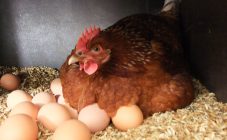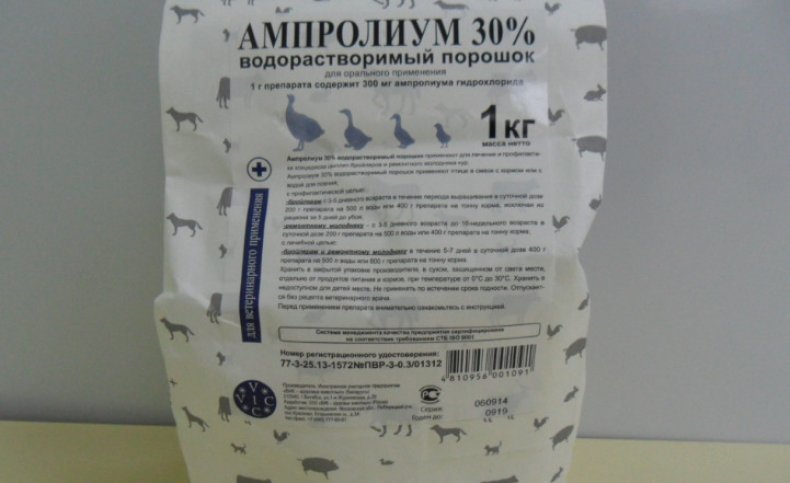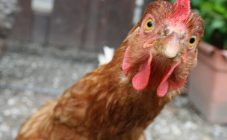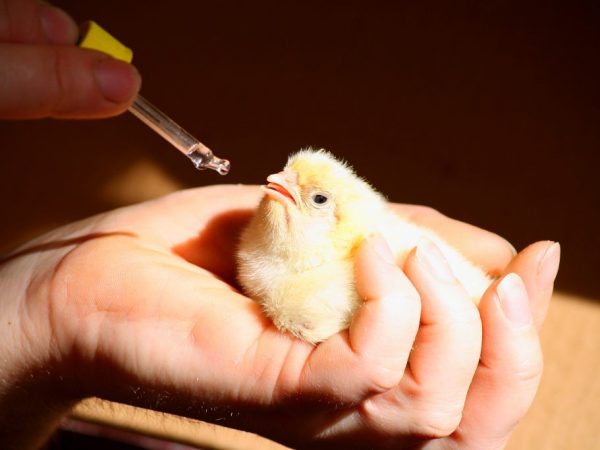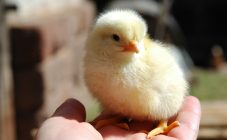Content:
When keeping chickens at home, they can develop various diseases. It is necessary to follow the rules for caring for the bird and take preventive measures.
Rules for caring for chickens at home
Many people, living in a private house, keep pets. Mostly laying hens are bred to have an egg and meat. They don't require any special care. But in order to avoid trouble, it is necessary to create normal living conditions for them.
To run well, you need to equip the chicken coop with high quality.
At home, they are kept in two ways:
- Cells. With such content, a small space is occupied. An area is allocated for one chicken - half a meter of a single section. With this dilution, less feed is spent. But chickens have less room to move, and they start to hurt and may also die;
- Spacious chicken coop with a walk. Usually they use wood, cinder block, brick for construction. A square meter should be allocated for 5 chickens. It is necessary to carry out lighting and insulate the barn. The floor is covered with straw and sawdust. To have eggs, you need to create warm conditions in the chicken coop. It is necessary to equip perches and places for incubation and masonry. In order for the chickens to get enough light, you need to make a walking area.
For chickens, they equip drinkers, feeders, bathing places. You also need to regularly clean the floor from droppings and change the flooring.
Chickens are fed either with special feed, but it is expensive, or they themselves mix in a certain proportion. They also give waste from the common table. They are fed twice a day. The feed should be inspected for mold and spoilage.
In winter, it is necessary to maintain a temperature of +15 degrees in the chicken coop. They should walk up to -10 ° C.
Pasteurellosis in chickens: symptoms and treatment
Pets have various diseases. In chickens, one of these is pasteurellosis. In 1877 Rivolt first described this ailment. Later L. Pasteur studied this disease in more detail and developed preventive measures. In 1880, the causative agent of the disease was identified. In honor of the scientist, the disease from the word Pasterella got its name.
Pasteurellosis is an acute infectious disease. The causative agent is the ovoid bacillus Pasteurella multocida.
Disease symptoms
Infection is possible through the pharyngeal mucosa, upper respiratory tract, digestive tract, skin. Carriers are blood-sucking parasites, wild birds, etc. It is transmitted by air and by contact through feed, water, etc. The most powerful source of infection is the corpses of sick animals. It is necessary to remove them in time to avoid pecking.
Eggs can also be infected. This does not affect the development of the chick. But he himself can become a source of infection when certain conditions appear. Also, infected eggs with dead embryos must be removed to prevent the development of infection.
The nature of the course depends on the form of the disease. The length of the incubation period is different.It is considered short - at 12 o'clock and maximum - at 4 days.
Symptoms in chickens:
- Hyperacute form. The broiler falls ill suddenly, there are no external symptoms, and later falls dead from intoxication;
- Acute period. The most common, the chicken is sluggish, the temperature is 43 degrees, the comb and beard turn blue. Discharge from nose of frothy yellow mucus. Lack of appetite. The thirst is intense. Stool - green slimy diarrhea. Life expectancy is maximum three days;
- Chronic form. Comes after the underlying disease. The joints become inflamed, beard necrosis is manifested, wheezing during breathing, shortness of breath. The illness lasts more than 21 days. The chicken either dies or survives and becomes a carrier of the infection. She is dehydrated, weak and poorly laying eggs.
Treatment of chickens
Pasteriosis in chickens is treated with serum (hyperimmune polyvalent) and tetracycline antibiotics (terramycin, biomycin, tetracycline). They are also trying to improve conditions of detention, food. Symptomatic agents are used.
The latest developments in the treatment of pasteurellosis are cobactan suspension, trisulfone, levoerythrocycline.
It is very difficult to cure a sick animal. Basically, they try to get rid of sick chickens during an epidemic. The most effective is to prevent the onset of the disease.
Preventive measures
To prevent the manifestation of the disease, they give drugs, observe sanitary standards for care, try to neutralize infected chickens in advance, and disinfect all places of their movement. The walks are mowing down strongly. They are treated with solar radiation. Digging up. They also do preventive vaccinations. Give vitamin supplements and mixtures.
Healthy individuals are given antibacterial preventive therapy for a week:
- Give norsulfazole 2 times;
- Tetracycline;
- Levomycetin 60 milligrams per kg;
- Doxycycline;
- Spectrum B - 1 g * 1 liter;
- Avidox;
- Floron;
- Aquaprim;
- Spelink or other drugs of the series, calculating the dosage by weight.
During an epidemic, chickens are destroyed, they try not to export chicken carcasses and eggs to avoid the spread of infection. Wait at least a month from the date of the last death of chickens.
The disease is dangerous, it is better to prevent it than to fight it later. Each breeder of chickens should be familiar with information about the disease and preventive measures, since all livestock perishes.




